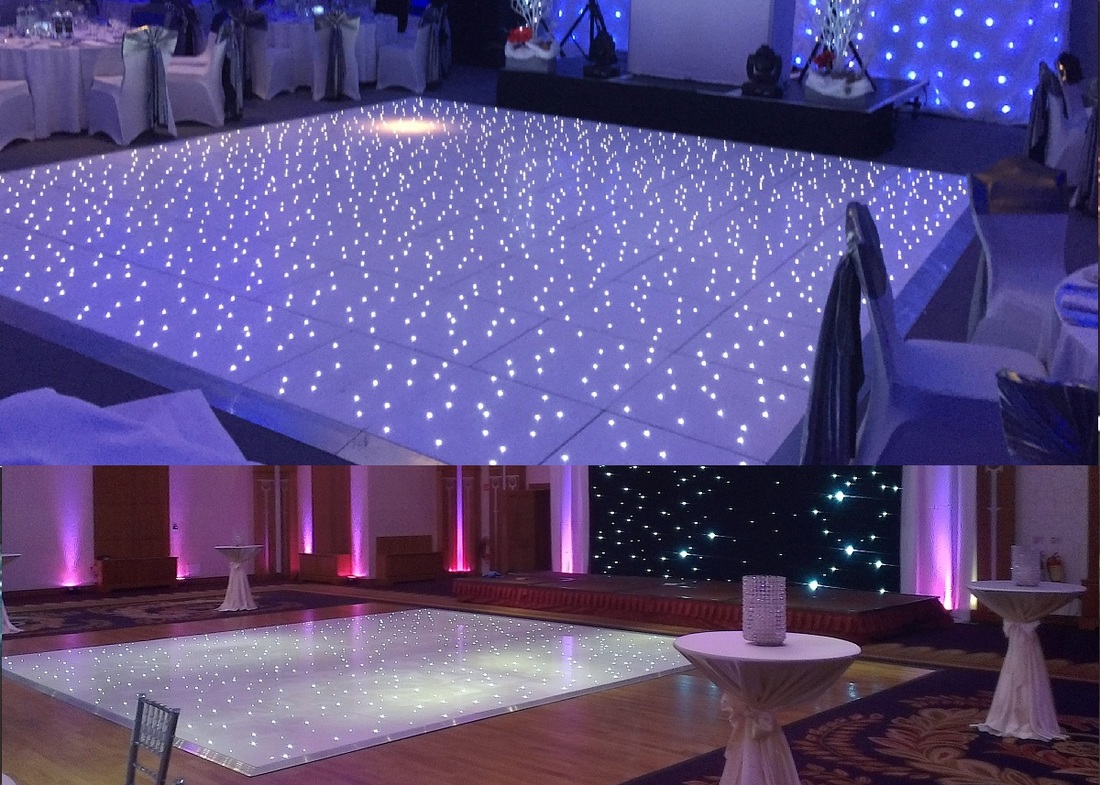Illuminating Innovation With Color Principles in Light Emitting Diode Movement Floor Layouts
Illuminating Innovation With Color Principles in Light Emitting Diode Movement Floor Layouts
Blog Article
Color concept represents a important aspect of aesthetics, particularly as it relates to creating light-emitting diode dancing floors. The interplay of hues can significantly affect the atmosphere and energy of a space. Through understanding how colors function together, designers can craft an ambiance that enhances the total experience for dancers. This article examines the fundamentals of hue principles and its application in light-emitting diode dancing surface designs.
The main hues are crimson, azure, and golden. These colors cannot be made by mixing other colors combined. Intermediate hues, such as emerald, tangerine, and violet, are formed by mixing primary colors. Tertiary colors are created by combining a main hue with a intermediate color. Understanding these basic relationships helps creators select hues that enhance one another and produce a aesthetically appealing display. Combining these colors on an LED dancing surface can result to vibrant and exciting effects that capture the attention of participants.
Hue value also plays a crucial role in design. Colors can be categorized as hot or cool. Warm colors, such as red, tangerine, and yellow, often to elicit emotions of enthusiasm and warmth. In contrast, chill hues like azure, emerald, and violet often create a calm and tranquil environment. Creators can use these color temperatures to establish the ambiance for various types of events. For instance, a celebration environment may benefit from warm colors that invigorate the audience, while a further relaxed event might employ chill hues to provide a calming effect.
In furthermore to color pairings and value, brightness and saturation are vital factors to take into account. Brightness refers to how light or dark a color appears, while intensity indicates the intensity of a color. Vivid, intense hues can create a vibrant and energetic atmosphere, perfect for dance surfaces. On the contrary hand, softer, less intense hues can create a further subdued atmosphere. By adjusting luminosity and intensity, designers can draw focus to this post particular sections of the dance surface or establish visual pathways, leading participants through the space.
Finally, it is crucial to consider the psychological impacts of hue in LED dancing floor layouts. Various colors can evoke different feelings and responses. For example, crimson is frequently associated with zeal and energy, while azure can be calming and peaceful. Grasping these connections allows designers to tactically apply colors to influence the behavior of participants. Through incorporating color theory into light-emitting diode dancing floor designs, designers can improve the total experience, see this making it unforgettable and pleasurable for all involved.